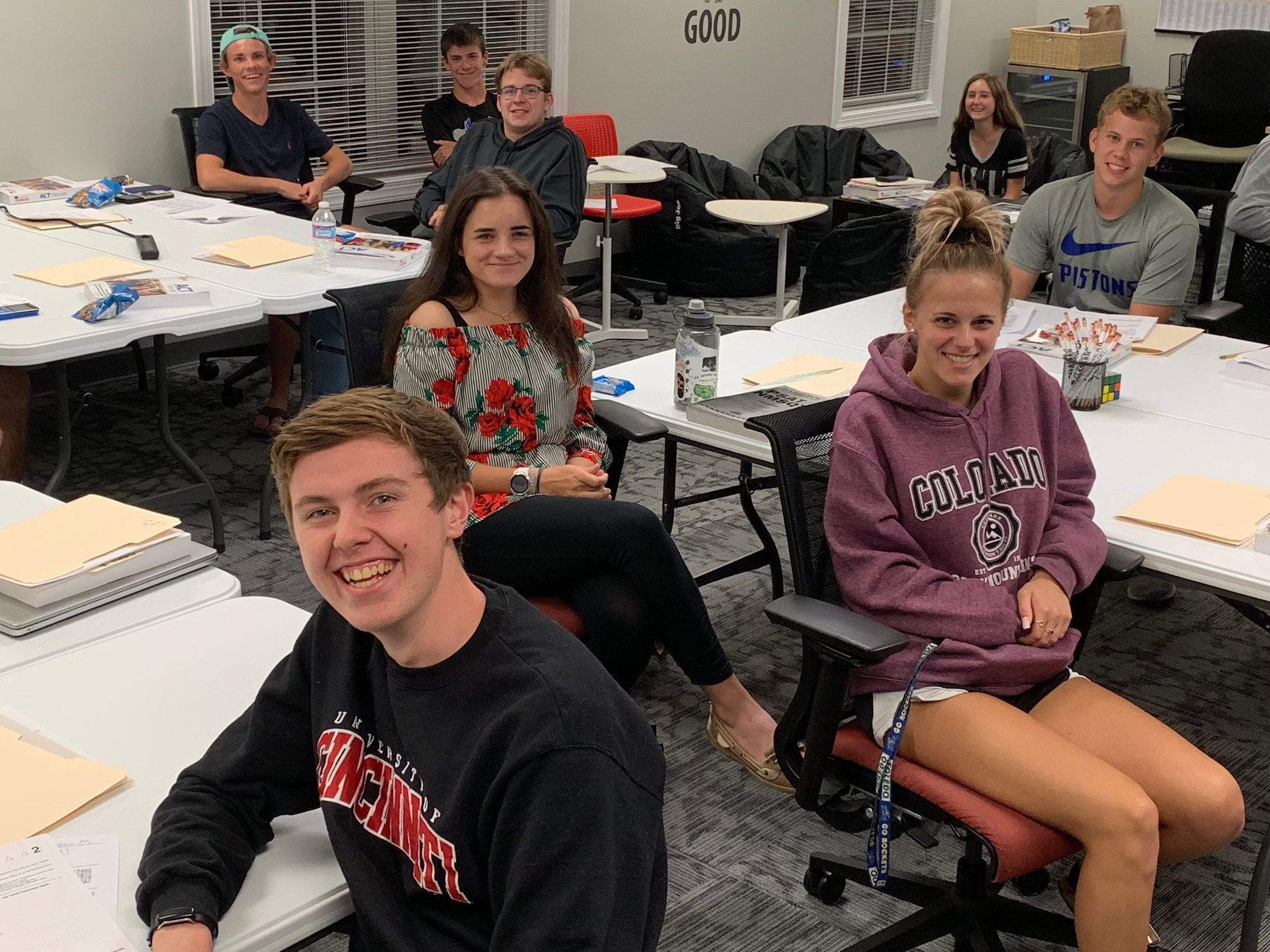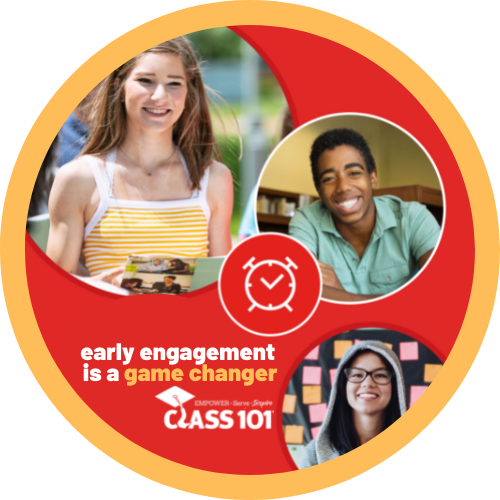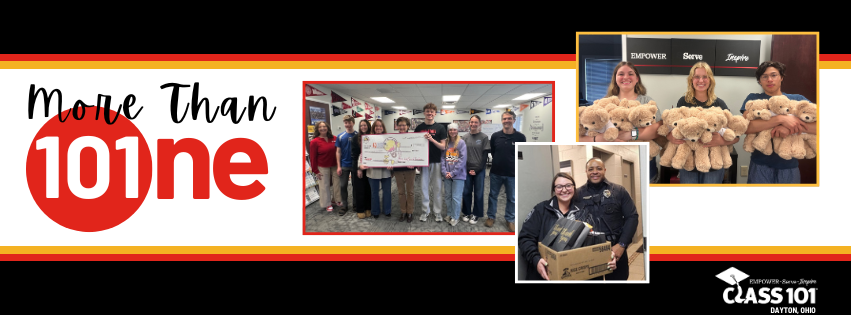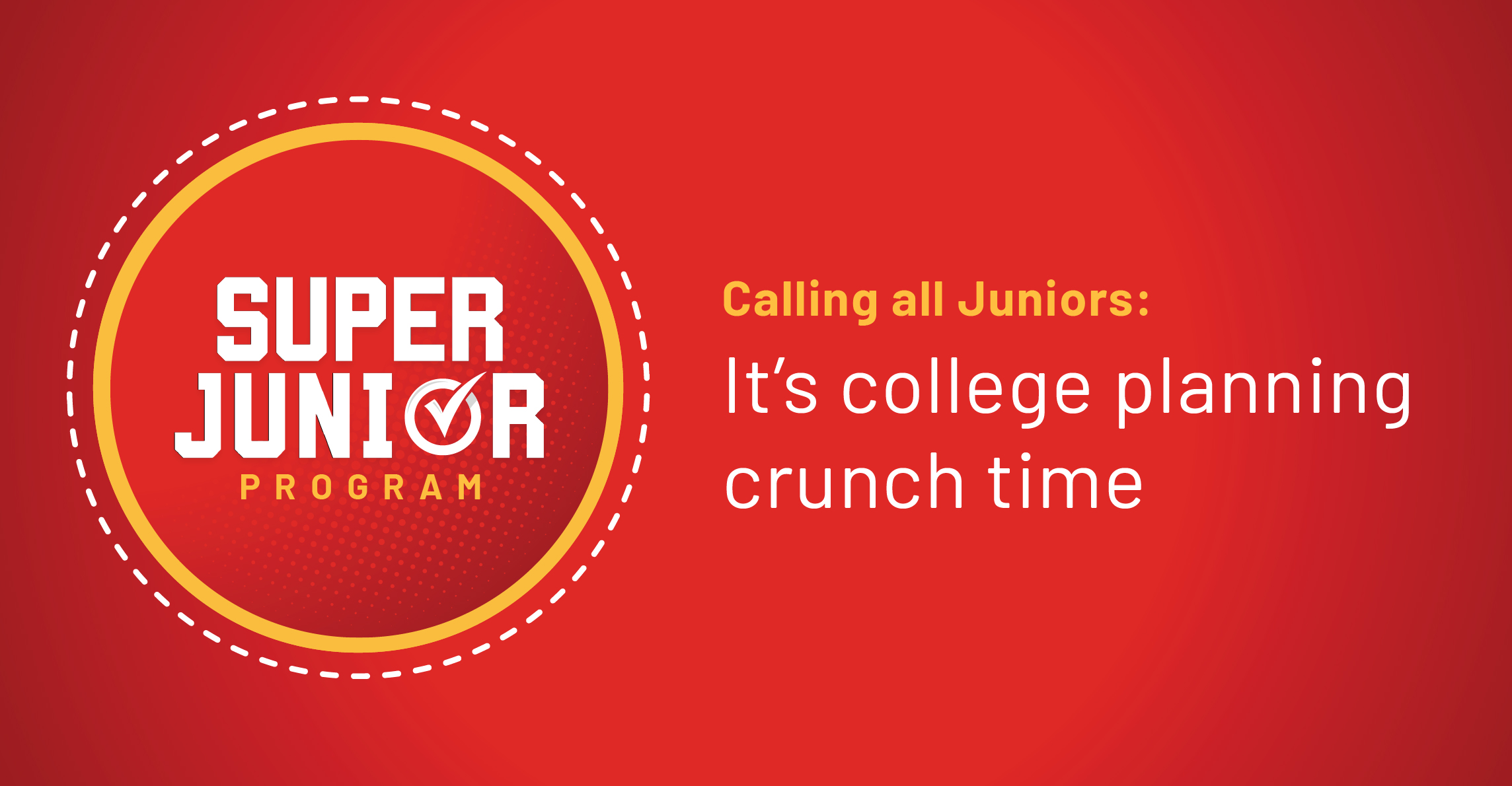August 6, 2021

August is filled with optimism as we begin a new school year: it is our academic “new year”! Anything feels possible. That excitement is multiplied for first-time college freshmen. With graduation parties in the rearview mirror and minivans packed with dorm essentials, college feels like a destination.
But there’s a problem. College students may be in the wrong place. Our culture is too familiar with the national statistic reported by U.S. News & World Report that one-third of college freshmen will not return to the same school as a sophomore. Outcome data from the Ohio Department of Education reports that the six-year college completion rate for Ohio high school graduates ranges from 15 percent (from urban high schools) to 46 percent (from suburban schools). The loss of time and money is measurable. The loss of confidence is collateral damage.
The map to college can take many routes, and the key to charting the best course is planning throughout high school.
Know the colleges
According to the National Student Clearinghouse Research Center, college enrollment fell by 6.8 percent in 2020. Even before the pandemic, the population of students applying from Southwest Ohio was decreasing. Class of 2021 applications through The Common App rose 11% nationally, but dropped one percent in Ohio. Informed and prepared students are at an advantage to find the right college fit. Freshman year is not too early to tour a college or visit college fairs, and all students can learn from online admissions events.
Know the dates and deadlines
On August 1, the Common Application, a free portal with more than 900 colleges and universities, opens for the 2021-2022 application cycle. The majority of colleges open their application window by August 1.
FAFSA filing season kicks off October 1. Many colleges have early financial aid deadlines, so we recommend that families begin working on the FAFSA in October. In addition, colleges may have institutional financial aid forms, and some will require The CSS Profile through The College Board. To get started, create separate FSA IDs for both the student and one parent.
Students need to know a variety of other dates and application deadlines, including Early Action, Early Decision, Regular Decision, and Restrictive Early Action. Students also may need to track deadlines for academic programs, scholarships, and more. Consider creating a calendar of deadlines, and then work to be ahead of them. Most high schools ask students to be ready to apply two weeks before college deadlines. Talk with your high school counselor to know what to expect.
Know your high school
South Dayton is home to some of Ohio’s best high schools, and students have options to prove themselves in a challenging course of study. We know that the rigor and grades on a student’s high school transcript can be important factors in admissions. Students can start exploring available courses early to find the best fit for their interests and high school schedule.
In addition, many high schools employ an online system such as Naviance to assist with college applications. Become familiar with your high school’s system before starting applications.
College Prep Checklist
There’s a lot to know. Our advice? Focus on one step at a time throughout high school.
Early engagement is a game changer
There’s a lot to do, but it does not have to feel overwhelming. The bottom line is to start early: students should take time to define interests, build a large list of schools, and develop a resume reflecting their individual activities.


December 11, 2025
The phrase community service is too often separated from the spirit of volunteerism, and high school students can struggle to find service opportunities. At Class 101, we encourage students to volunteer to prove their commitment to something beyond their required activities. A few hours at an area food pantry is helpful, but do those hours […]
Read More >
November 9, 2025
The average student spends $38,270 per year on college expenses, including tuition, books, supplies, and living expenses. This number is even higher for students attending a private school where the average student spends $58,628. College can be expensive, but it doesn’t need to be unreachable. With the support of financial aid, scholarships, and other funding […]
Read More >
October 28, 2025
The Super Junior Program is designed for rising juniors to get on track with their college planning journey. Students will tackle seven essential steps in 90 days, including creating a top ten college list and establishing baseline ACT/SAT scores. Here’s everything you need to know about becoming a Super Junior. The “Super Junior Checklist” is […]
Read More >